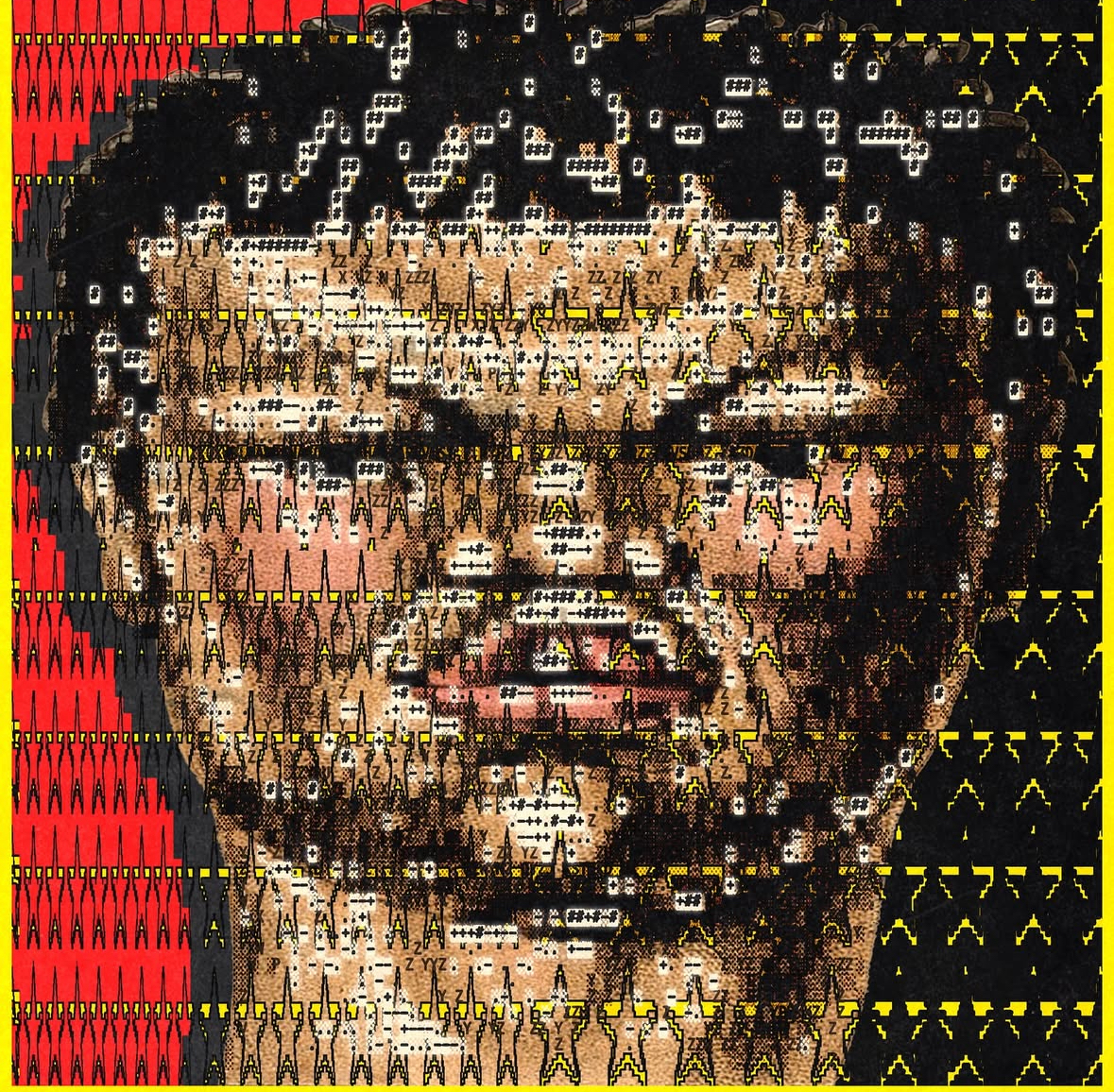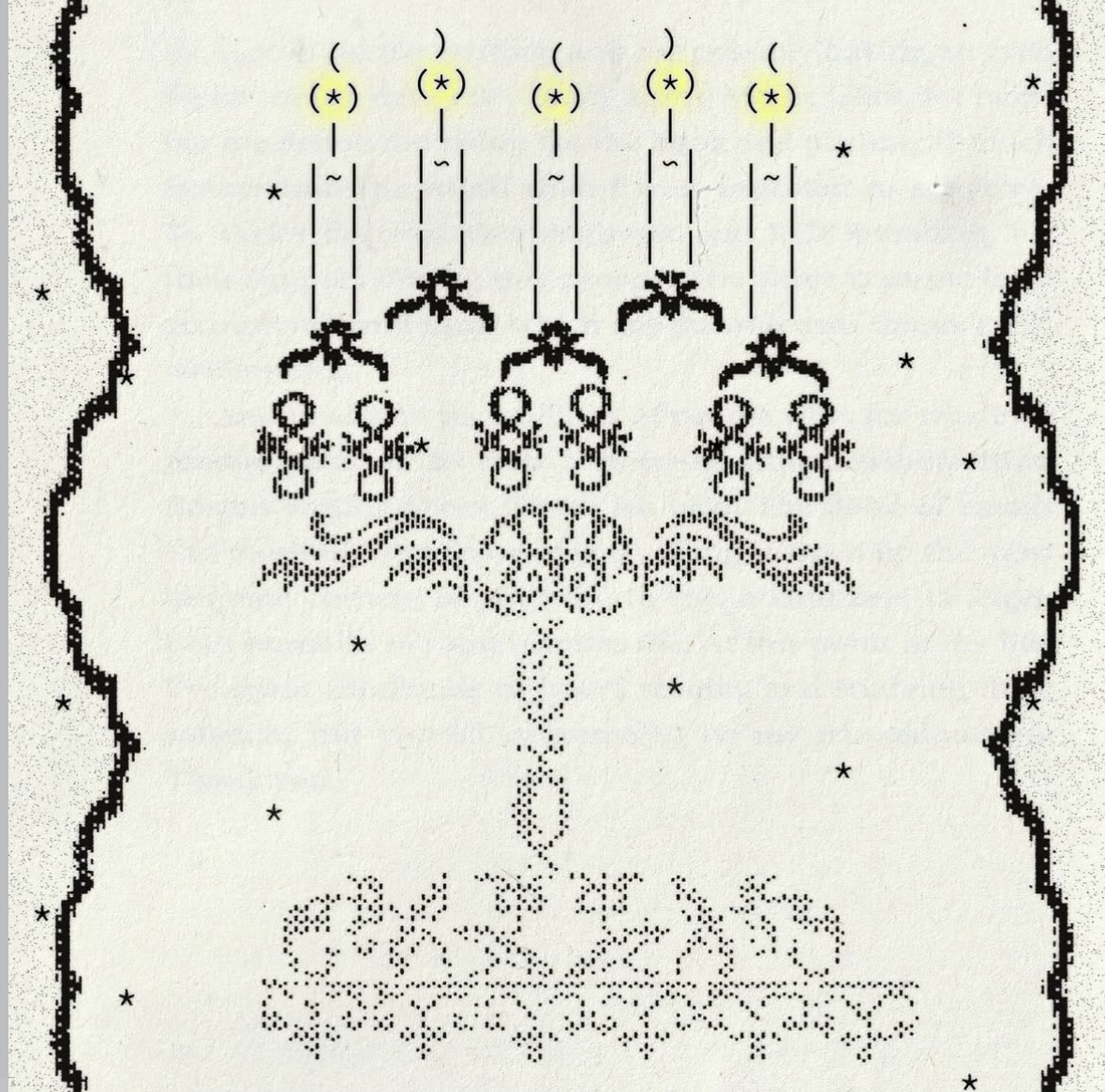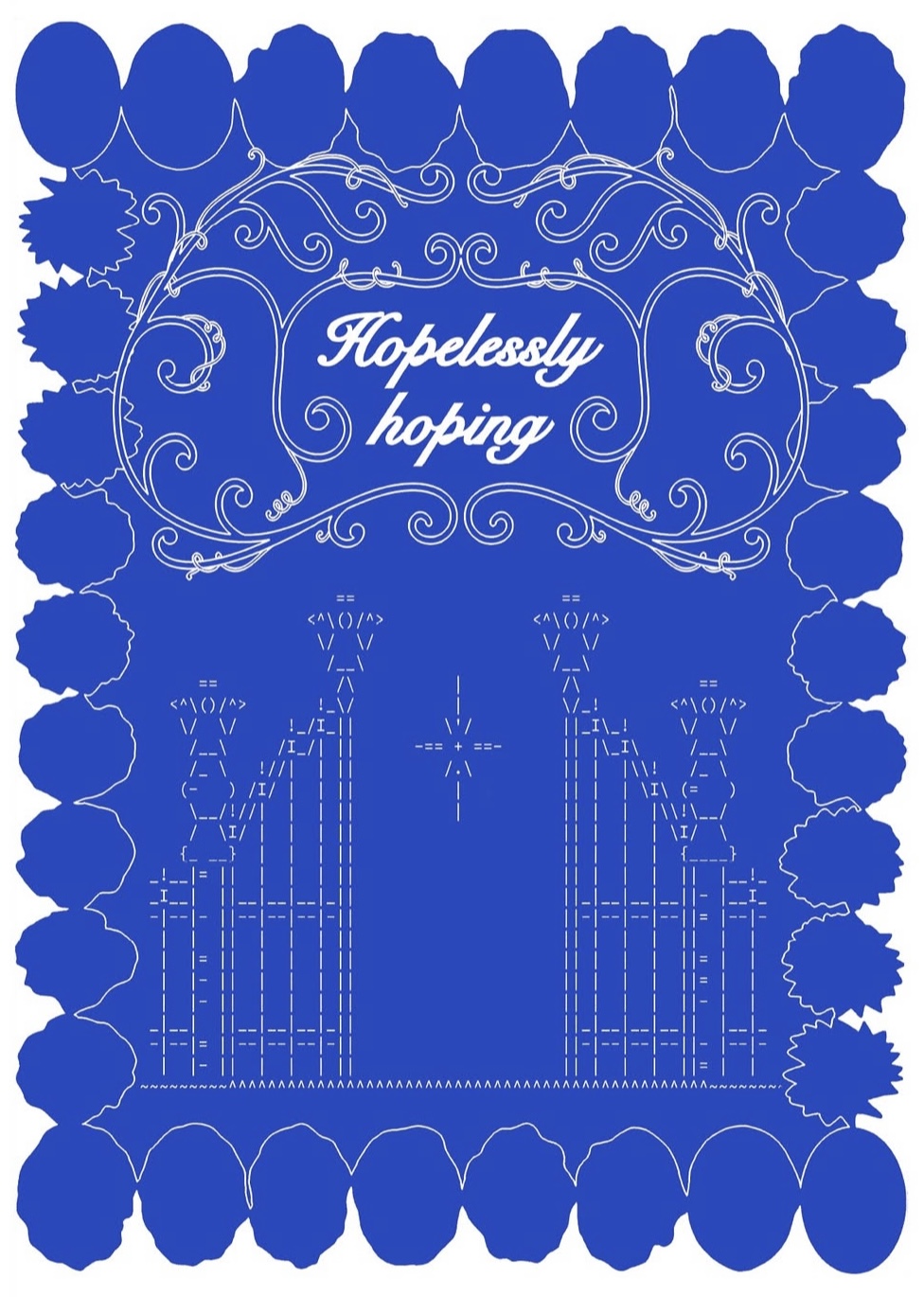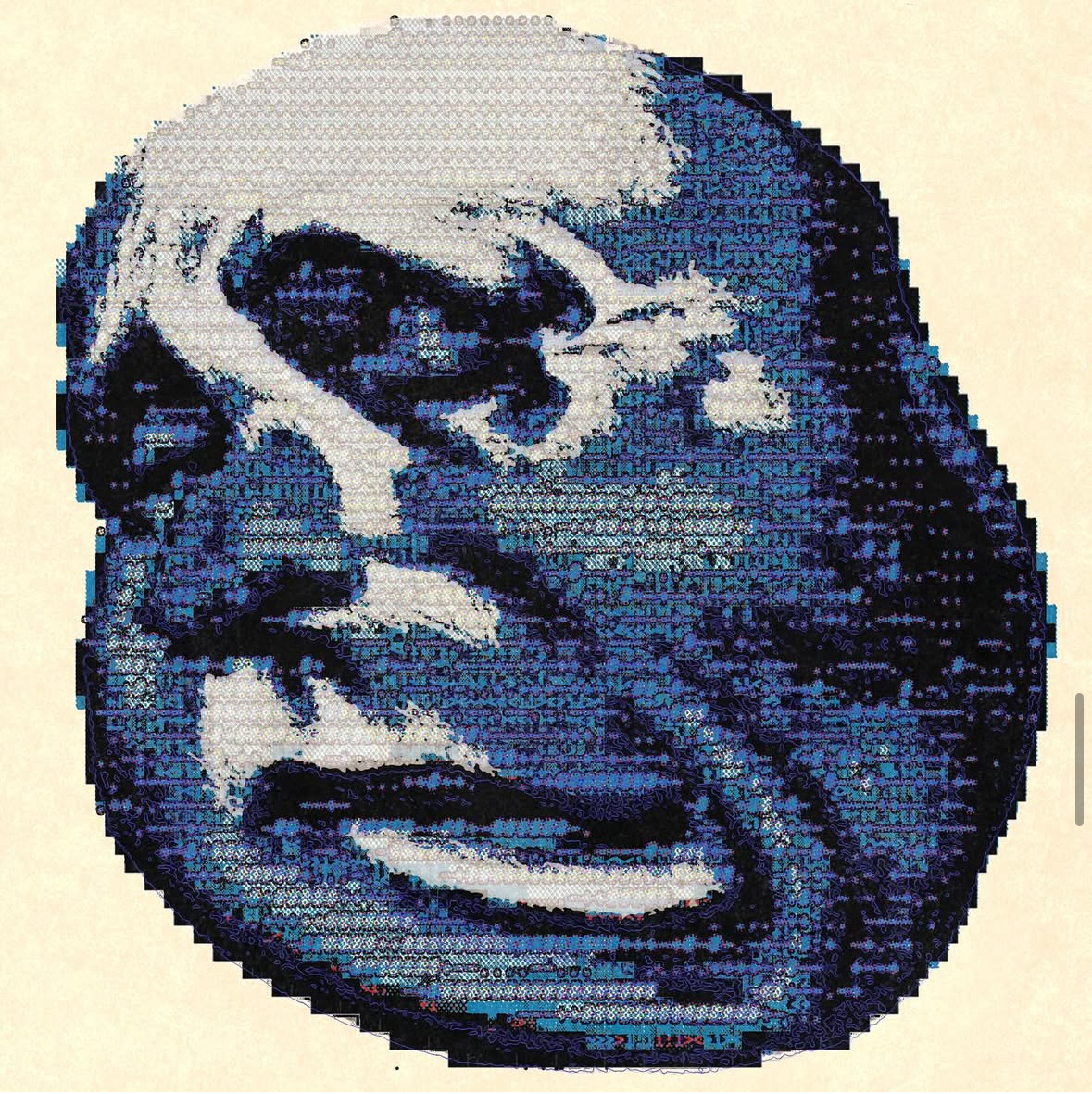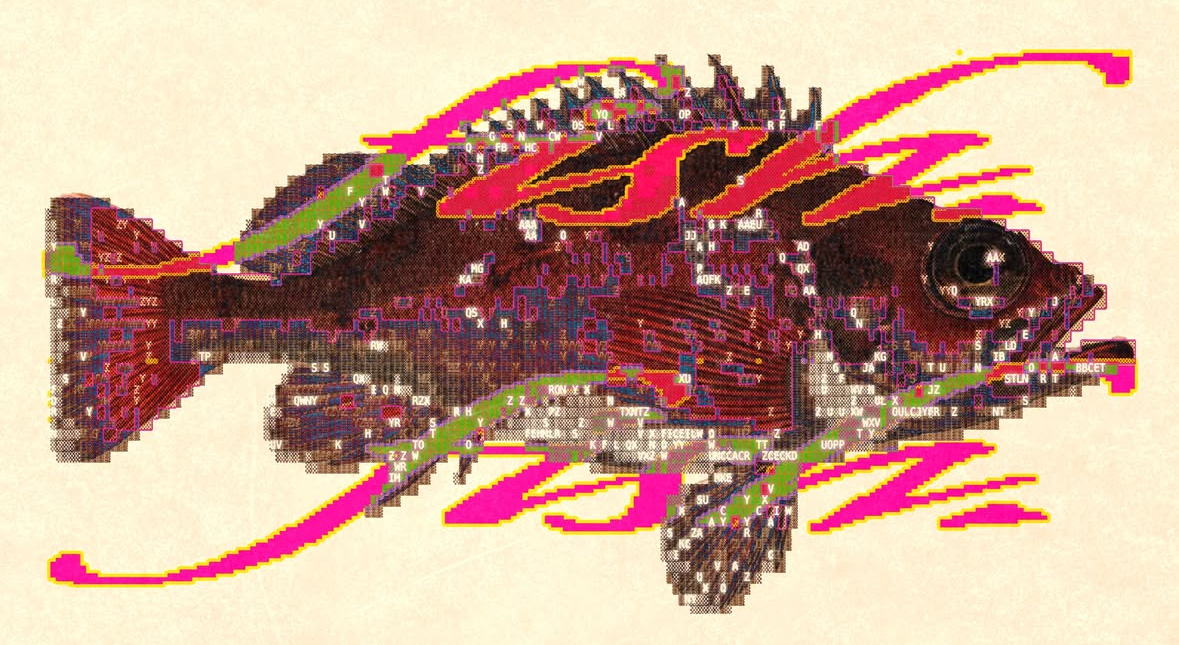You’ve probably seen this type of drawing before.
/\_/\
( o.o )
> ^ <
/ \__
( @\___
/ O
/ (_____/
/_____/ U
Maybe it reminds you of the early internet days. Super simple, kind of pixel-y, and completely made with text. What you might not know is that this is an art form named: ASCII
So… what even is ASCII? Well, It stands for American Standard Code for Information Interchange. Which is just nerd-speak for saying that it’s a system that uses letters, numbers, and symbols to represent text. So ASCII art is basically drawing with your keyboard.
✶ Where it All Started ✶
Long before computers were a thing, people were already getting creative with text. Poets started shaping their handwritten words into images. Kind of like visual poetry. One of the best-known was Guillaume Apollinaire, whose 1917 "calligrams" turned entire poems into drawings
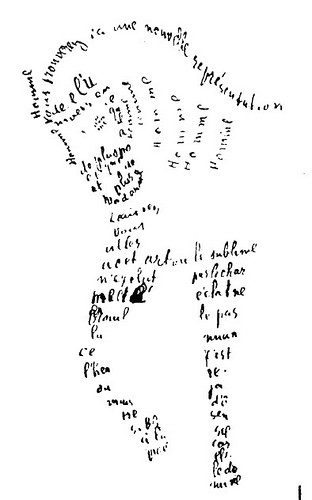
Around the same time, typewriters came into the picture. People started using them not just for writing, but for experimenting. A cool example is in Alice in Wonderland (1865), where Lewis Carroll shaped a mouse’s speech into the form of its tail. Yep, that curly bit of text in Chapter III? That’s classified as the first printed text art creation:
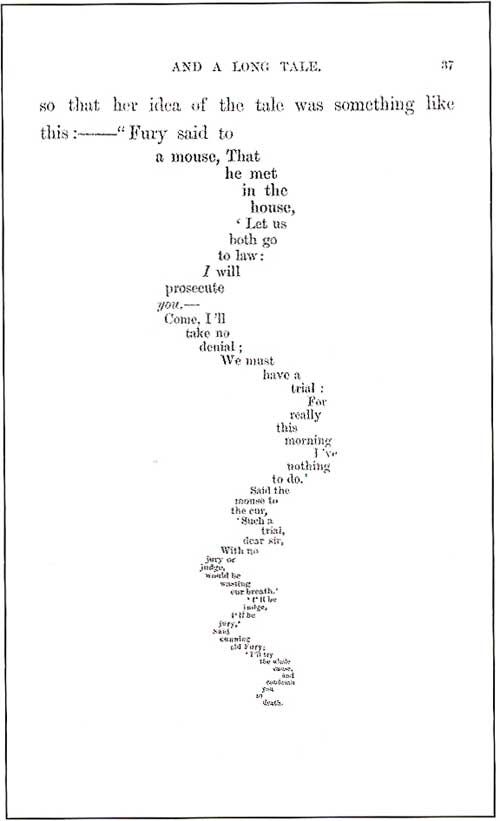
By the late 1800s, typewriter art had become recognized by the public. Typing contests were held. Not just for speed, but also for creativity. One of the earliest saved pieces was made in 1898 by a woman named Flora Stacey. We don’t know much about her, except that she was a secretary. Flora created a butterfly using nothing but typewriter characters. Brackets, slashes, dots, asterisks. That butterfly was featured in Pitman's Phonetic Journal and is considered one of the first pieces of proper typewriter art
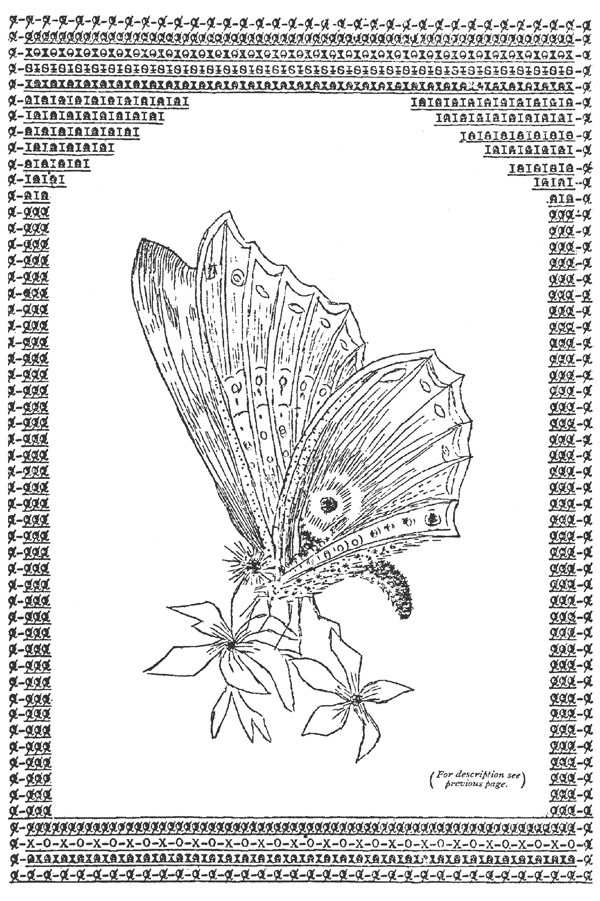
✶ From Paper to Pixels ✶
Once computers took over, typewriter art naturally went digital. Early computers couldn’t handle images well, so ASCII characters were perfect for this transitional period. they were so lightweight, people started using ASCII as much as they could. Even creating visuals using only characters. In the ‘80s and ‘90s, ASCII art popped up everywhere. In early computer games, email signatures, chat rooms, and hacker culture. It was the unofficial visual language of the internet. Before emojis and memes, this was how people expressed themselves. If you've ever typed :-) or seen ¯\_(ツ)_/, congrats you’ve used ASCII.
✶ Still Kicking ✶
Fast forward to now, and ASCII art is still around. Actually, it's having a comeback. You’ll see it in retro video games, coding forums, memes, and even in some ig captions. Artists and devs love it because it’s raw, clever, and super nostalgic. Plus, there’s something cool about making something from (almost) nothing. ASCII art proves that you don’t need fancy tools to make something dope, just a keyboard and a little creativity.
